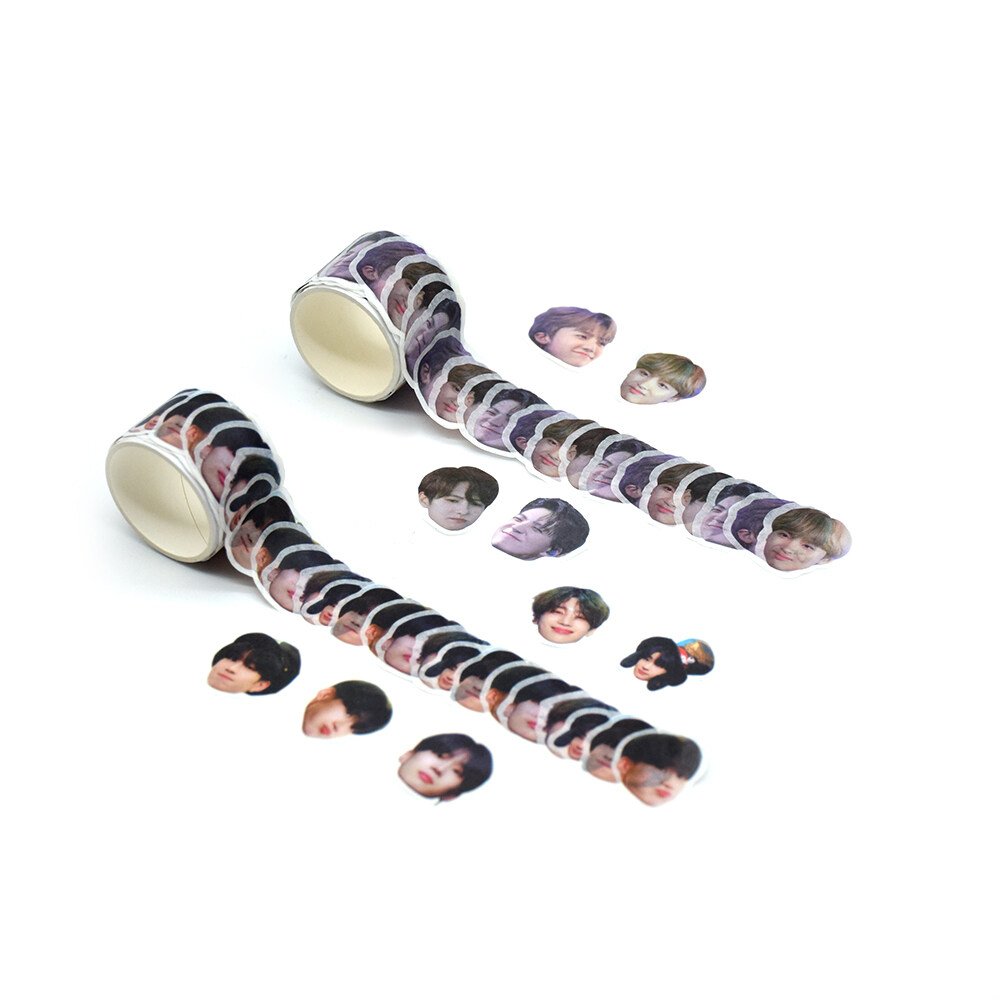Email format error
Email cannot be empty
Email already exists
6-20 characters(letters plus numbers only)
The password is inconsistent
Email format error
Email cannot be empty
Email does not exist
6-20 characters(letters plus numbers only)
The password is inconsistent



In recent years, cultural and creative products have become increasingly popular among consumers. However, for cultural and creative enterprises, choosing the right sales channel to push their products to the market has become a major challenge. In this blog, we will discuss how to choose the right sales channel for cultural and creative products.
Understand the Characteristics of Different Sales channels.
Before choosing a sales channel, it is important to understand the characteristics of different sales channels. There are several types of sales channels, including online sales, offline sales, and wholesale sales. Each sales channel has its own advantages and disadvantages.
Online sales channels are convenient and cost-effective, but they may not be suitable for all types of cultural and creative products. Offline sales channels, such as physical stores and exhibitions, can provide consumers with a more immersive experience, but they require a higher investment. Wholesale sales channels are suitable for large-scale production and distribution, but they may not be suitable for small-scale cultural and creative enterprises.
Analyse the Target Market
The target market is an important factor to consider when choosing a sales channel. Different sales channels may have different target markets. For example, online sales channels may be more suitable for younger consumers who are more tech-savvy, while offline sales channels may be more suitable for older consumers who prefer a more traditional shopping experience.
Therefore, cultural and creative enterprises should analyse their target market and choose the sales channel that is most suitable for their target market.
Consider the cost and profitability.
Cost and profitability are also important factors to consider when choosing a sales channel. Different sales channels may have different costs and profitability. For example, online sales channels may have lower costs but lower profitability, while offline sales channels may have higher costs but higher profitability.
Therefore, cultural and creative enterprises should consider the cost and profitability of different sales channels and choose the one that can maximise their profits.
Evaluate the competition.
Competition is another important factor to consider when choosing a sales channel. Different sales channels may have different levels of competition. For example, online sales channels may have more competition, while offline sales channels may have less competition.
Therefore, cultural and creative enterprises should evaluate the competition of different sales channels and choose the one that can give them a competitive advantage.
Test and adjust.
Finally, cultural and creative enterprises should test and adjust their sales channels. They should try different sales channels and evaluate their effectiveness. If a sales channel is not effective, they should adjust their strategy and try a different one.
Conclusion
Choosing the right sales channel is crucial for cultural and creative enterprises to push their products to market. By understanding the characteristics of different sales channels, analysing the target market, considering cost and profitability, evaluating the competition, and testing and adjusting their sales channels, cultural and creative enterprises can choose the sales channel that is most suitable for their products and maximise their profits.